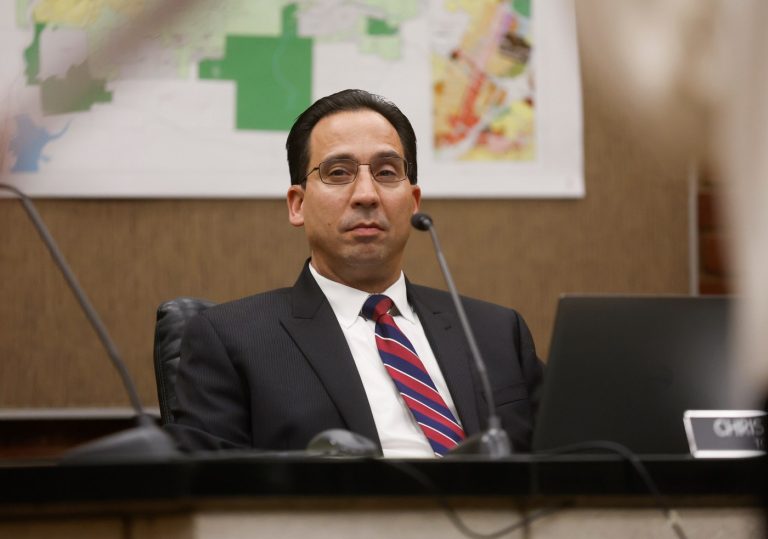California’s chronic inability to build enough housing — particularly for low-income families — has many causes, but a big one is its extremely high cost of construction.
Some costs are intrinsic and unavoidable, such as land acquisition and building materials. But some are artificial and could be lowered, especially those imposed by state and local governments. They include dictating the use of high-cost unionized construction labor, time-consuming environmental clearances, arbitrary design criteria and so-called “impact fees.”
Collectively, these costs have the effect of minimizing the number of housing units that can be constructed for a given amount of investment — less bang for the buck.
Four years ago, the Los Angeles Times illustrated the syndrome by delving into a decade-long effort to construct a small apartment project for low-income residents of Solana Beach, an affluent coastal community in San Diego County.
What was proposed in 2009 as an 18-apartment project that would cost $413,913 per unit became — after 10 years of political and legal wrangling — a 10-apartment project costing more than $1 million a unit. It simply would not pencil out and was ultimately suspended.
Solana Beach was not an isolated example. Other projects costing $1-plus million per unit have surfaced, including one approved last week in Santa Monica, another upscale coastal community.
The 122-unit project, aimed at providing shelter for homeless people and built on city-owned land, will cost an estimated $123.1 million. It could become even costlier because of an extended development timeline: It’s not expected to be built until 2030.
Development costs are particularly high in coastal communities, but even in interior areas building modest apartments for low-income residents easily tops $500,000 per unit, which is often costlier than single-family homes in those communities. It defies logic but that’s the reality of housing in California.
As mentioned earlier, the many cost factors affecting housing in California also include impact fees.
While local governments had imposed some fees for decades, they began escalating sharply after voters in 1978 passed Proposition 13, the iconic property tax limit, to offset the loss of tax revenue.
A 2015 study found that California’s fees, averaging $23,000 a unit, were the highest in the nation and four times the national average. Housing advocates have argued that reducing fees would increase production but local governments have zealously defended them.
Last week, as Santa Monica was approving the low-income housing project costing more than $1 million a unit, the U.S. Supreme Court was putting the brakes on California’s impact fees. The court ruled unanimously that fees constitute an unconstitutional “taking” of private property without compensation unless based on actual costs.
The case came out of El Dorado County, which had imposed a $23,420 “traffic impact” fee on retiree George Sheetz, who wanted to place a manufactured home on his lot. Sheetz lost in state courts, which ruled that since the traffic fee was imposed by the county Board of Supervisors — rather than an administrative agency — it was a valid exercise of authority.
Related Articles
Palo Alto housing plan revised to boost minority access, multi-family construction
Walters: While California politicians skirmish over housing, shortage keeps growing
With a baby due in July, a South Bay couple searches for their first home. What could $1.5 million buy?
This map reveals where supersized ‘builder’s remedy’ projects could be coming
Builder’s remedy was supposed to ‘Manhattanize’ the Bay Area. So where are all the houses?
The Supreme Court, however, declared, “The Constitution provides no textual justification for saying that the existence or the scope of a state’s power to expropriate private property without just compensation varies according to the branch of government effecting the expropriation.”
Oddly, even though Gov. Gavin Newsom’s administration has excoriated local governments for imposing arbitrary and costly conditions on housing projects, it supported El Dorado County’s defense of traffic mitigation fees before the Supreme Court.
The ruling is a small step toward reducing some of the costs that make housing so expensive to build in California — a syndrome that, unless altered, will forever prevent the state from solving its housing dilemma.
Dan Walters is a CalMatters columnist.












